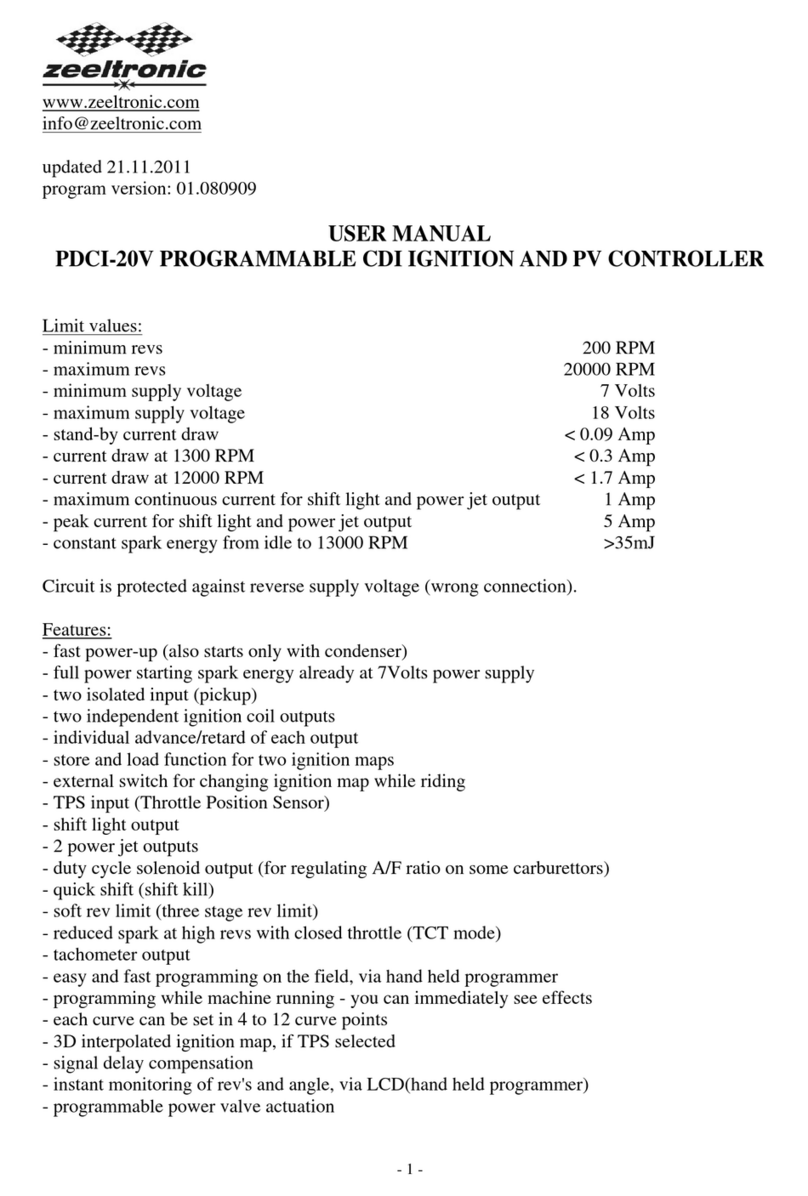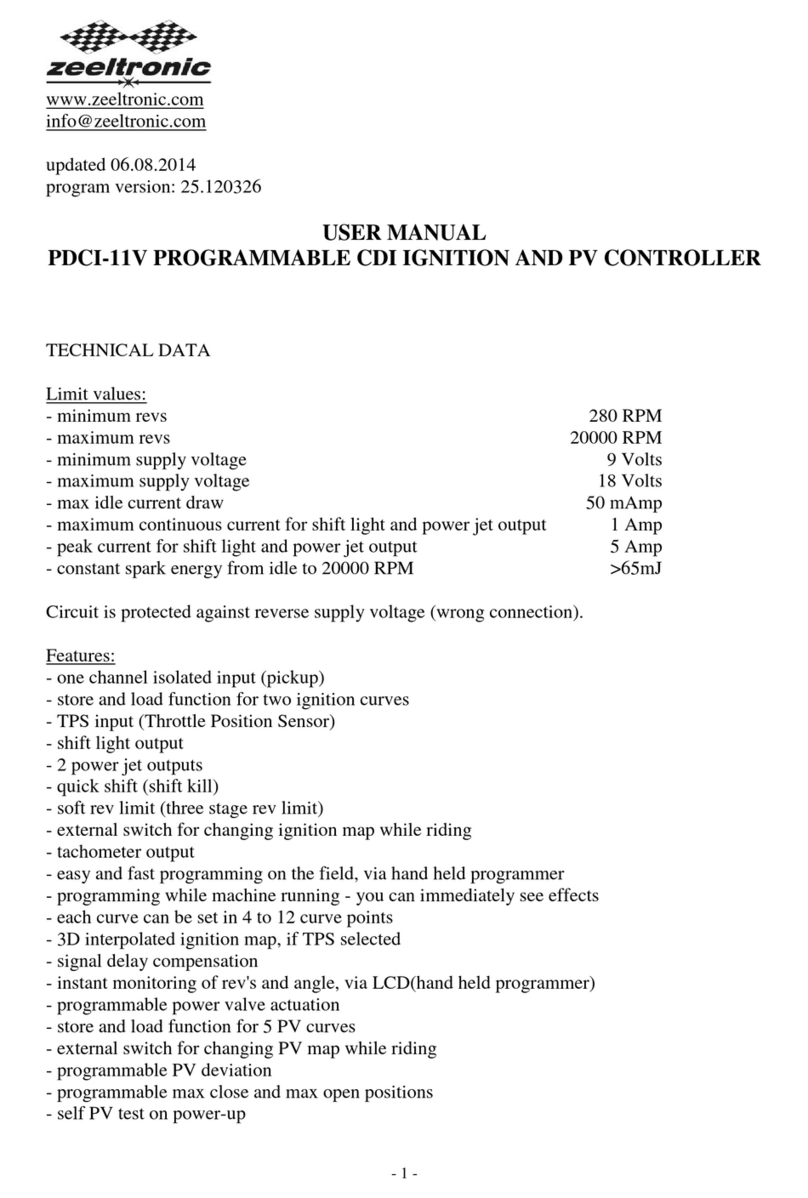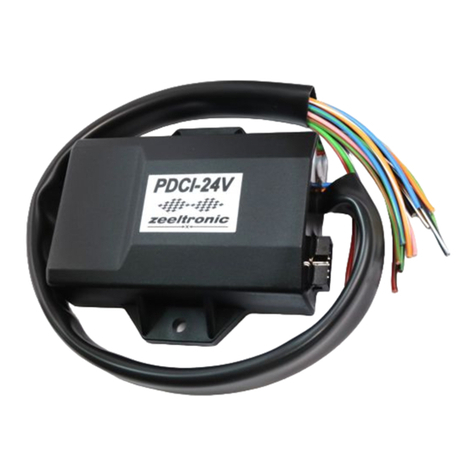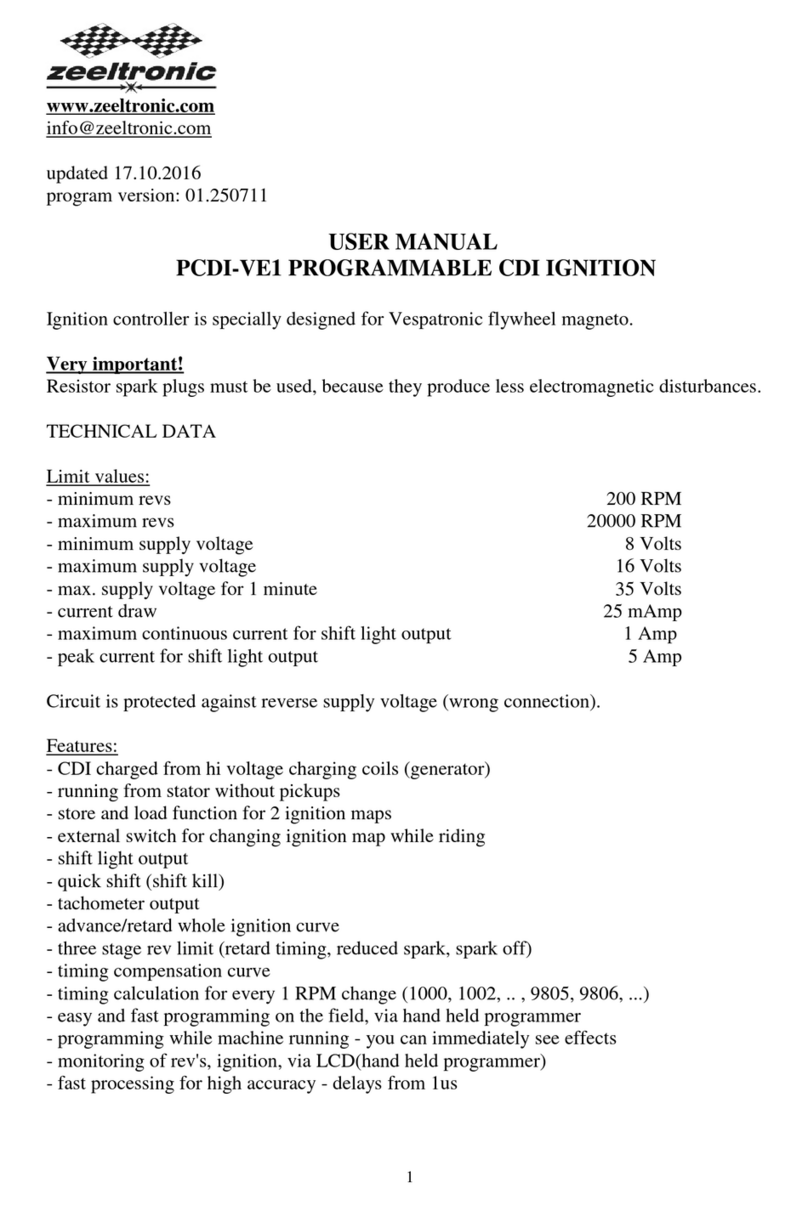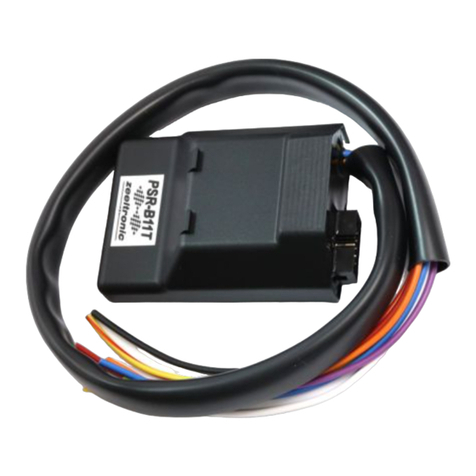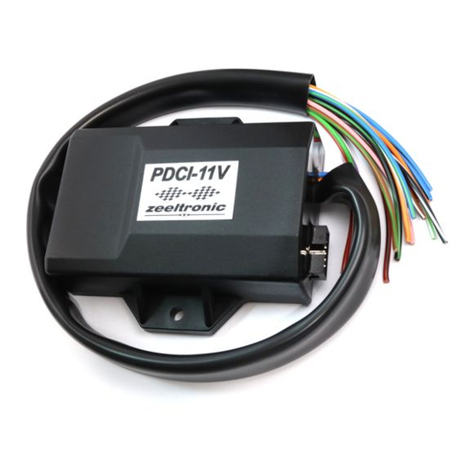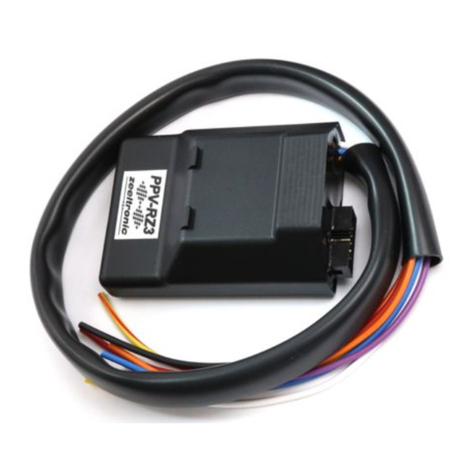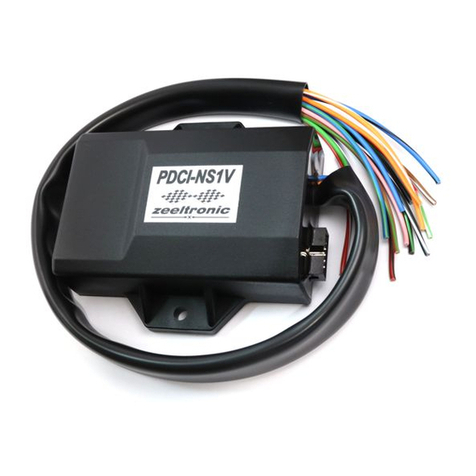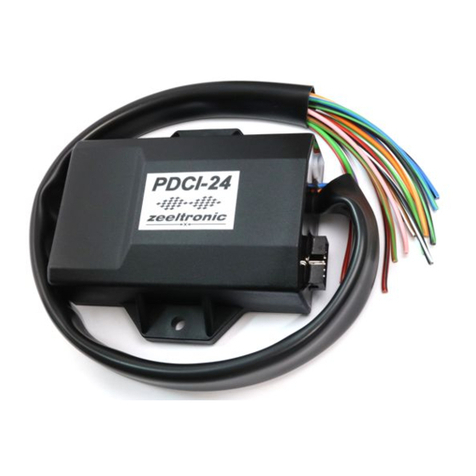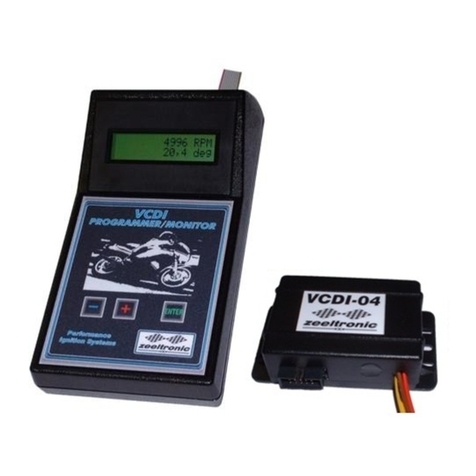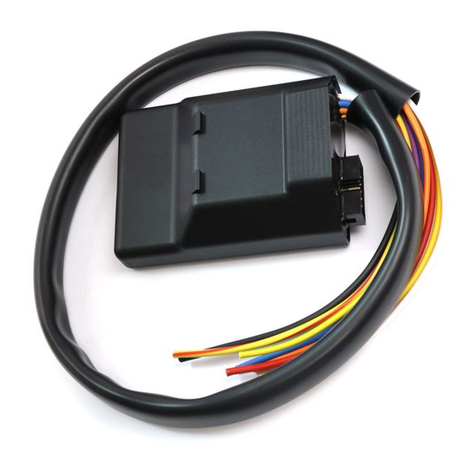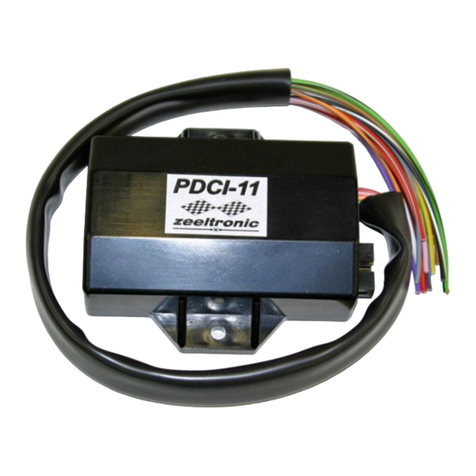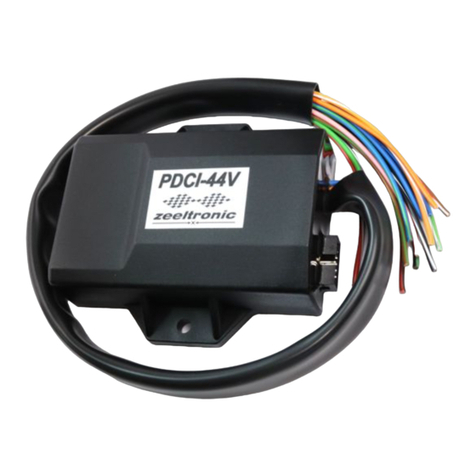
- 5 -
6. Set ADVANCE
With this setting is possible to advance or retard whole ignition curve. When setting is
positive then ignition curve is advanced and when setting is negative than ignition curve is
retarded. With Advance 0.0deg, ignition curve is unchanged.
Enter menu and move to Advance with pressing + or - and then press enter .
Now you can set advance with pressing + or - (in 0.1deg steps) and then press enter .
7. POWER JET
Enter Set Ign. menu and move to Power Jet with pressing + or - and then press enter .
...you entered submenu for setting Power Jet parameters.
Submenu organisation:
Invert Polarity - enable/disable invert polarity
Power Jet ON
RPM
- revs for activating power jet
Power Jet OFF
RPM
- revs for deactivating power jet
Power Jet ON
TPS
(if TPS enabled) - throttle position for activating power jet
Power Jet OFF
TPS
(if TPS enabled) - throttle position for deactivating power jet
Exit - exit submenu
Example:
Power jet ON (RPM) = 8000rpm
Power jet OFF (RPM) = 10000rpm
Power jet ON (TPS) = 70%TPS
power jet OFF (TPS) = 90%TPS
Power jet is switched on when revs are between 8000-10000rpm and throttle position is
between 70-90%, otherwise power jet is switched off.
7.1. INVERT POLARITY
Operation of Power Jet can be inverted, or not.
When Invert Polarity "disabled" then Power Jet output is activated as programmed.
When Invert Polarity "enabled" then Power Jet output operation is inverted.
8. Set SHIFT LIGHT
Enter Set Ign. menu and move to Shift Light with pressing + or - and then press enter .
Now you can change rev point with pressing + or - (in 100 rpm steps) and then press
enter .
9. Set SHIFT KILL TIME
Enter menu and move to Shift Kill Time with pressing + or - and then press enter .
Now you can change kill time with pressing + or - (in 10 ms steps) and then press enter .
